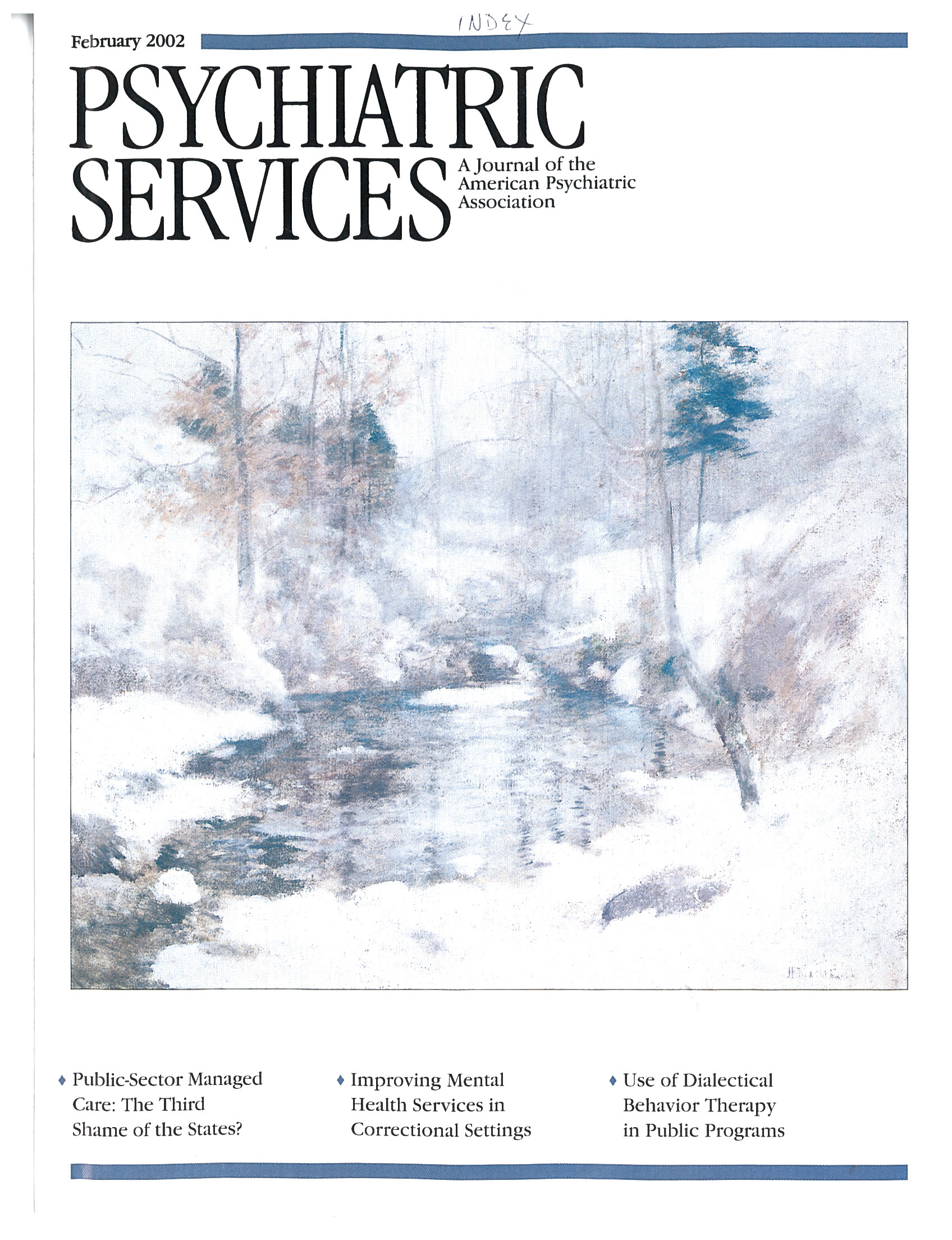The clinical literature on psychodynamic psychotherapy and psychoanalysis with African-American women is sparse. The editors of this volume have gathered the clinical wisdom of a dozen experienced psychologists and social workers. In 14 chapters, these contributors take up the daunting task of exploring the potential benefits of psychodynamic psychotherapy in the treatment of women of color. At a time when the convergence of biological interventions, managed care, and crises in publicly funded mental health systems constrain the availability of psychotherapy for many, this book stays focused on what black women need from therapy.
As a black woman psychiatrist and a student of psychoanalysis, I treat African-American women both in my private practice and in community clinic settings. I have also been a patient struggling to be understood. From my own experience, these papers ring true. This book has relevance for mental health professionals across disciplines and in many educational, training, and treatment settings.
The idea for the book grew out of a focus group of African-American women attending the 1994 American Psychological Association convention. Despite a cultural context in which both psychodynamic therapists and black potential patients have expressed skepticism about the benefits of this treatment approach for blacks, Jackson and Greene and their contributors believe that psychodynamic treatments can be helpful to African-American women. However, they assert that theories and treatment approaches need to be reformulated to acknowledge the effects that racial and class stereotypes, legacies of slavery, present-day racism, African or Caribbean cultural influences, and gender-based maltreatment have on the psychological lives of black women. In the therapeutic situation, the emergence of a complex interplay between these factors and the individual black woman's intrapsychic world needs to be encouraged and understood in the context of the therapeutic dyad.
The volume's contributors point to shortcomings in psychodynamic theory and in clinical practice that led at least one of the contributors to discourage African-American women from seeking psychodynamic psychotherapy. The shortcomings they cite include the European ethnocentrism of the mental health professions, a tendency to pathologize cultural difference, the limited experience of many psychoanalysts with African-American women patients, the authoritarianism of the analytic therapist with respect to the client, heterosexism, and the likelihood that the racial attitudes of white therapists have not been plumbed in their own therapy.
Contributors offer more specific critiques of each of the major psychodynamic theories—Freudian drive theory, ego psychology, Kohutian self psychology, object relations, and intersubjective approaches—with respect to their usefulness in working with African-American women. These authors seem to concur that contemporary self psychology, object relations, and intersubjective approaches, perhaps better than drive theory, provide room in which the complexities of the individual psychologies of women of color can unfold. The authors also illustrate the complementary usefulness of feminist approaches. Case examples enrich many of the chapters. Beverly Greene specifically addresses the psychodynamic treatment of black lesbians.
Many of the contributors present their views against the stereotypical and outdated straw man of a "classical" psychodynamic theory and practice, which, in my experience, has lost hegemony, even among members of the American Psychoanalytic Association. Moreover, much of what is described as innovation in perspective strikes me as having the common sense to include in the case formulation awareness of the patient as she sees herself and is seen by the world.
However, these authors make their arguments persuasively without undue stridor, so that "classical" psychoanalysts will not likely view these pages defensively. A particular strength of this book is its readability. Most clinicians and students in mental health fields will find it accessible.

